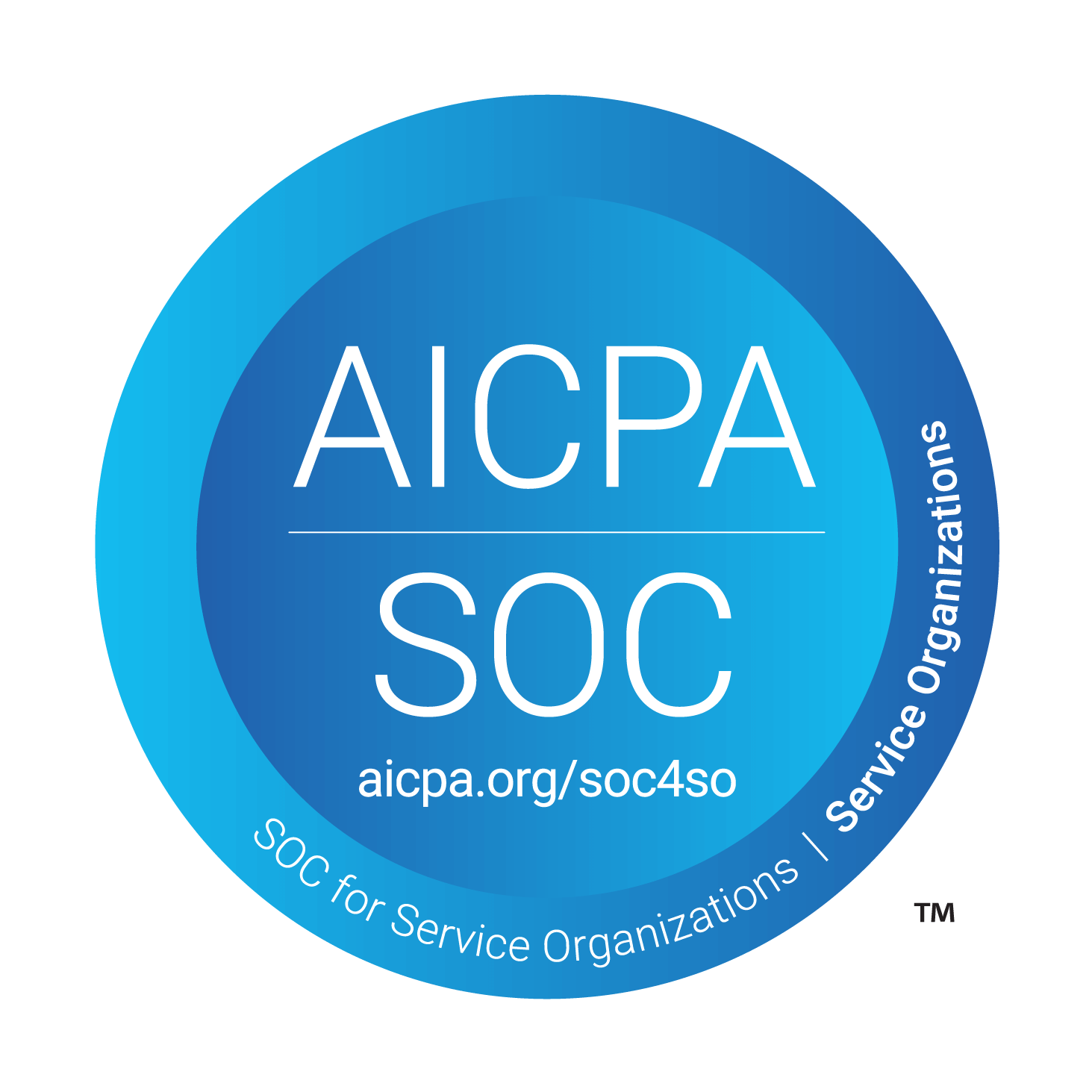How To Set Goals For Your Community Initiative?
Jun 24, 2024

Olivier van den Hoogen
Co-founder Turf
Introduction
Whether you are a founder, community manager, or customer success professional, setting clear goals for your community initiative is key in making it a success. Why do you want to launch a community and how will it benefit the organisation on a holistic level?

How does a community initiative benefit your organisation?
More and more SaaS companies are launching a community environment, but what are their incentives for doing so?
Here is how a community initiative could benefit your organisation at a holistic level:
Reduce customer churn:
How the value is perceived:
1. Existing customers stay customers longer and buy more of your existing product or new products.
2. A higher frequency of new purchases from existing customers.How a community environment generally creates this value:
1. Customers being able to easily find an answer on their own in previous community discussions.
2. Customers getting an answer from other customers and feeling a sense of community around your brand.
3. Customers getting value from niche-specific discussions with other customers.
4. Customers posting product feedback, suggestions, or feature requests, and feeling like it is being considered/implemented.
5. Customers being exposed to more content and resources and therefore being more engaged with the company and its products.
Reduce support costs:
How the value is perceived:
1. Lower support ticket volume.
2. Reduced support ticket handling time.How a community environment generally creates this value:
1. Customers being able to find an answer more quickly on their own in previous community discussions.
2. Customers being able to get better answers from other customers in their shoes.
3. Every piece of self-service content being searchable and findable more quickly by having everything centralised in one environment: your community. This leads to quicker answers, but also increases usage of these self-service modules overall.
4. The customer support team being able to share community posts to resolve their support tickets.
Increase user acquisition:
How the value is perceived:
1. New customers.
2. Increased spending from existing customers.How a community environment generally creates this value:
1. Customers talking about niche-specific topics that are not directly related to your product. These discussions create value for potential customers and attracts them to your community environment, which exposes them to your brand and product.
2. Your community environment builds trust with potential customers. Potential customers get a peek behind the curtain, learn how existing customers are experiencing your product, how it is benefitting them, and eventually convert quicker because of it.
3. Existing customers communicate their needs and wants for new features and products, inside your community environment. These needs and wants can create direct upsell opportunities or increase spending of existing customers.
Setting organisational level goals
Now we know how a community initiative can benefit your company, it is time to determine which other departments might be benefitting from the initiative and set goals with that in mind.
For each of the following departments, determine their existing bottle necks, goals, and metrics that they use for measuring their goals:
Support
Success
Marketing
Product
As determined earlier in this article, launching a community initiative could have multiple goals, but especially in your early stages it is key to focus on and prioritise one specific goal.
When setting these goals and prioritising a specific one, the goal of the community is the outcome of member behaviour, and not the behaviour itself.
For example: “increasing loyalty”, “having customers perform more self-support”, “creating brand advocates” or “better product feedback from customers”. These are not directly connected to value. You want to know what happens when customers become more loyal, customers perform more self- support, you have more brand advocates, and you get more product feedback from customers. This will mean lower customer churn rates, lower customer support costs, and increased sales.
These stated outcomes right here should be your goals. A community initiative can reduce customer support costs, lower customer churn rates and increase user acquisition. These are clear goals that are easy to understand in terms of value, by the broader organisation. Select your biggest pain point with the most room for growth and improvement, and make that your priority! Down the line you can start looking at adding other key strategic organisational goals, for your community initiative.
Setting operational level goals
Now you know the specific organisational goal that you are prioritising, but what type of behaviour do you need your members to perform to achieve this goal?
On a community operations level your goals are cultivating specific member behaviour. What type of member behaviour you need, to achieve the organisational level goal, is something that you need to identify and test for your specific customer base. Here is an overview of member behaviour examples and the organisational level goals that they serve:
Reduce customer churn:
High levels of self-disclosure with other members through posts and comments.
Rises to prominence in your community through gamification systems.
Posts about product suggestions/feature requests and feels like it is being considered or implemented.
Reduce support costs:
Asks support related questions in the community.
Visits your community and uses the federated search engine to find answers in existing community discussions, knowledge base resources, and other content.
Posts best practices about how to use your product or tool.
Increase user acquisition:
Posts about niche specific topics or best practices (not product or brand related), which creates value for non-customers, attracts potential customers to your community, and exposes them to your brand and product.
Posts about product suggestions/feature requests and interacts with posts about new product releases - creating upsell opportunities with existing customers.
Votes on your roadmap and upcoming features - creating upsell opportunities with existing customers.
Conclusion
Identify how a community initiative can benefit your company.
Determine the existing bottlenecks and goals of different departments in your organisation.
Set organisational level goals.
Prioritise one organisational level goal.
Set operational level goals for your selected organisational level goal.





